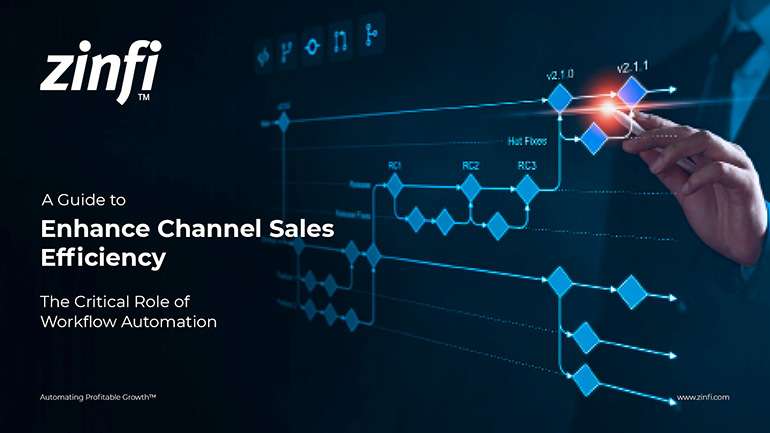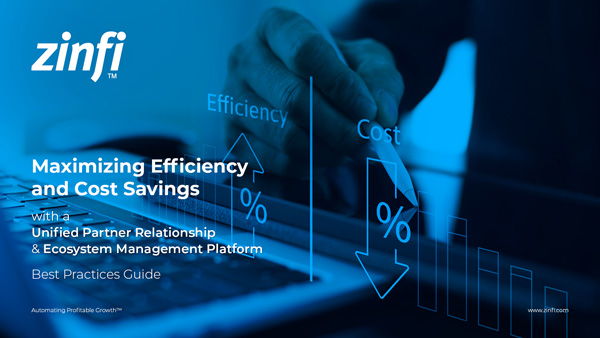Glossary - Partner Agreement
What is a Partner Agreement?
A partner agreement is a formal contract between two or more parties who agree to collaborate for mutual benefit. It outlines the terms and conditions of the partnership, including roles, responsibilities, and the distribution of profits and losses. Partner agreements are essential in ensuring that all parties clearly understand their commitments and expectations, which helps avoid potential disputes.
Partner agreements play a crucial role in partner ecosystem management and partner management automation. They provide a structured framework for collaboration, ensuring that all partners are aligned with the organization’s goals and objectives. Automation tools can help streamline the creation, management, and enforcement of these agreements, making it easier to maintain compliance and track performance. By leveraging partner management automation, organizations can reduce administrative overhead, enhance transparency, and foster stronger, more productive partnerships.
Key Takeaways
- Clarity and Compliance: Partner agreements ensure clarity in roles, responsibilities, and expectations, which is crucial for maintaining compliance and minimizing misunderstandings. Clear contracts reduce the risk of disputes and foster a collaborative environment.
- Streamlining Processes with Automation: Automation of partner agreements can significantly streamline the administrative process, making it easier to create, manage, and update agreements. This ensures all partners consistently align with the latest terms and conditions. Learn more about automating partner agreements.
- Enhanced Performance Tracking: Partner agreements include performance metrics and KPIs that help track the partnership’s effectiveness. Automated systems can provide real-time insights and analytics, facilitating data-driven decisions to improve partner performance. Read this article on improving partner performance.
- Risk Mitigation: Clearly defined partner agreements help mitigate risks by setting expectations and providing legal protections. This is particularly important in industries with stringent regulatory requirements. Watch this video on how to reduce partner conflicts.
- Fostering Long-term Relationships: A well-structured partner agreement helps build trust and foster long-term relationships by ensuring all parties feel valued and fairly treated. This foundation of trust is essential for sustainable growth. To discover how to foster long-term partnerships, check out ZINFI Partner Relationship Management.
Summary of Key Takeaways:
In summary, partner agreements are fundamental to successful partner management. They ensure clarity, streamline processes, enhance performance tracking, mitigate risks, and foster long-term relationships. By leveraging automation, organizations can further optimize the management of these agreements, driving greater efficiency and effectiveness in their partner ecosystems.
Key Examples
- Automotive Manufacturing: Partner agreements are vital for collaborations between manufacturers and suppliers in the automotive industry. These agreements outline the supply chain logistics, quality standards, and delivery timelines, ensuring smooth operations. Automation tools help track compliance with these agreements, providing real-time updates on inventory levels and shipment statuses.
- Consumer Electronics: Partner agreements in the consumer electronics sector often involve collaboration between brands and retailers. These agreements define marketing strategies, sales targets, and support services. Automation can streamline the onboarding process for new retail partners and ensure consistent execution of promotional activities.
- Energy Production: In energy production, partner agreements manage relationships between energy providers and distribution companies. These agreements specify the terms of energy supply, pricing models, and regulatory compliance. Automated systems can monitor energy distribution and usage patterns, helping optimize supply chains and reduce operational costs.
- Financial Services: Financial institutions use partner agreements to collaborate with service providers and technology vendors. These agreements cover data security, compliance with financial regulations, and service-level agreements. Automation ensures that all parties adhere to regulatory requirements and provides a transparent audit trail.
- Food and Beverage: In the food and beverage industry, partner agreements govern relationships between producers, distributors, and retailers. These agreements detail product specifications, delivery schedules, and payment terms. Automated solutions can manage inventory levels and track product quality, ensuring timely deliveries and high standards.
- Healthcare Services: Healthcare organizations rely on partner agreements with medical suppliers, insurance companies, and service providers. These agreements outline service levels, pricing, and compliance with healthcare regulations. Automation helps manage these complex relationships, ensuring consistent delivery of high-quality care.
- Information Technology: In the IT sector, partner agreements are essential for collaborations between software vendors, service providers, and resellers. These agreements specify licensing terms, support services, and revenue-sharing models. Automation can streamline contract management and ensure partners meet performance standards.
- Pharmaceutical Development: Partner pharmaceutical agreements involve collaborations between research institutions, manufacturers, and distributors. These agreements cover research funding, intellectual property rights, and distribution channels. Automated systems can track research progress and ensure compliance with regulatory standards.
- Retail Industry: Retailers use partner agreements to manage relationships with suppliers and logistics providers. These agreements define product specifications, pricing, and delivery terms. Automation tools can monitor supply chain activities, ensuring timely restocking and efficient inventory management.
- Telecommunications: In telecommunications, partner agreements govern collaborations between network operators, service providers, and equipment manufacturers. These agreements specify network maintenance, service quality, and customer support. Automation ensures that all partners meet service level agreements and maintain network uptime.
Conclusion
Partner agreements are essential for establishing and maintaining successful collaborations across various industries. They provide a clear framework for roles, responsibilities, and expectations, which helps avoid disputes and ensure compliance. These agreements are crucial for aligning partners with organizational goals in partner ecosystem management. Automation tools enhance the efficiency and effectiveness of managing these agreements by streamlining processes, tracking performance, and mitigating risks.
For instance, partner agreements help coordinate supply chain logistics and quality standards in the automotive manufacturing sector. In the consumer electronics industry, they define marketing strategies and sales targets. Energy production relies on these agreements to manage energy supply and regulatory compliance, while financial services use them to ensure data security and service level adherence. Each industry has unique requirements, and partner agreements must be tailored accordingly.
Healthcare services use partner agreements to manage relationships with suppliers and insurance companies, ensuring compliance with healthcare regulations. The IT sector relies on these agreements for software licensing and support services, while pharmaceuticals use them to govern research collaborations and distribution channels. In retail, these agreements help manage supplier relationships and logistics, and in telecommunications, they ensure network maintenance and service quality.
Overall, partner agreements are critical for building trust and fostering long-term relationships. By leveraging automation, organizations can optimize the management of these agreements, driving greater efficiency and effectiveness in their partner ecosystems.
Associated Keywords:



















